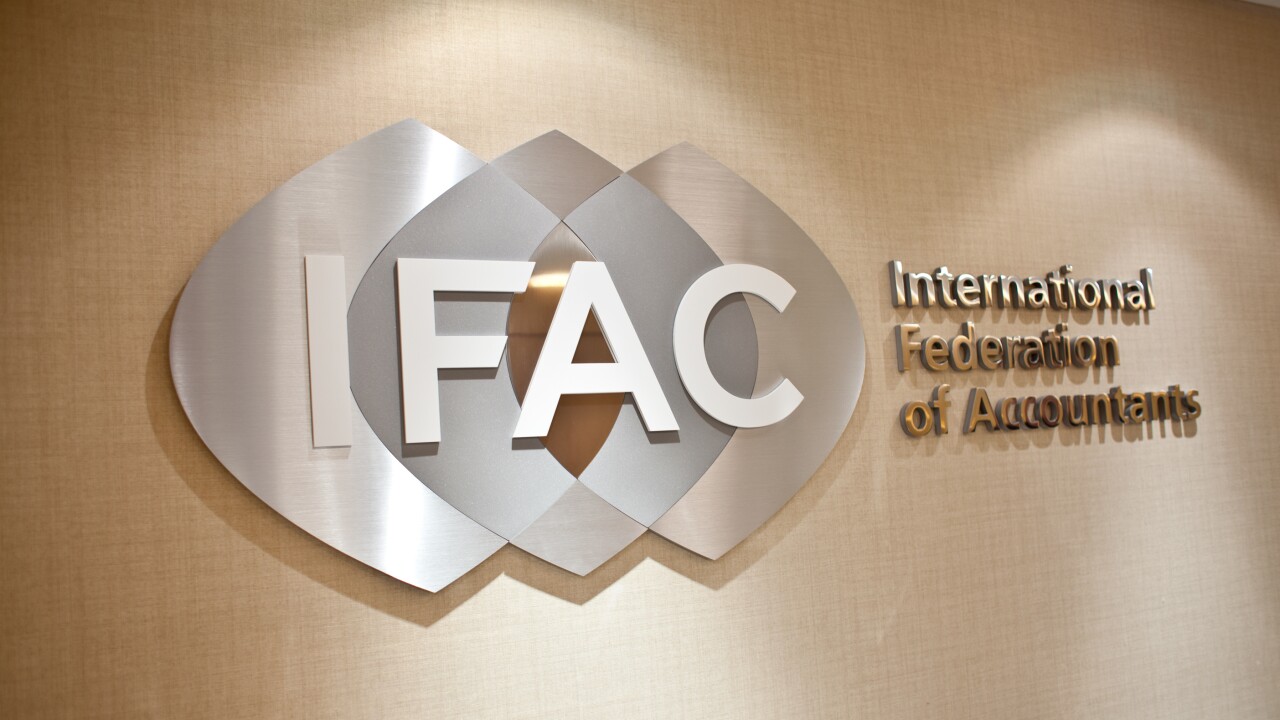The Internal Revenue Service spent $15 million on a delayed implementation of an upgraded system for handling an aspect of the Foreign Account Tax and Compliance Act, but the software did not deliver the expected business results, according to a new report.
The
The IRS implemented Withholding and Refund Release 2.0 in time for a revised February 2016 deployment date and the new system was built in accordance with the requirements, but the IRS spent $15 million delivering functions that TIGTA believes have not provided the intended business results.
“The IRS first identified data matching issues in May 2015,” said the report. “Although the initial data matching issues were resolved, the IRS identified new data matching issues as recently as February 2016. The IRS does not have a timetable for when the latest data matching issues will be resolved and automated functionality will provide all of the expected business results.”
FATCA was included as part of the HIRE ACT of 2010 to collect taxes on unreported foreign bank accounts from U.S. taxpayers. It requires foreign financial institutions, or FFIs, to report on the holdings of their U.S. account holders to the IRS, or else face stiff penalties of up to 30 percent on their income from U.S. sources. In response to the controversial law, the Treasury Department negotiated a series of intergovernmental agreements with other countries. Under most of the agreements, foreign banks first report the account information to their own countries’ tax authorities, which in turn pass it along to the IRS.
To implement the law, the Treasury Department and the IRS needed to set up online portals and systems to accept the information and process it. Those include an FFI Registration System, through which foreign financial institutions register for FATCA, and an International Data Exchange Service that facilitates electronic submission, receipt and exchange of FATCA data among financial institutions from many countries. The IRS has also developed an International Compliance Management Model database to process FATCA data.
The Withholding & Refund system connects to withholding agents who collect taxes from foreign people and corporations and withhold taxes on certain payments to FFIs. Release 2.0 of the W&R system, which was the focus of the TIGTA audit, is supposed to use the data to do automated matching and make a determination on whether certain refund claims are valid.
W&R Release 2.0 had a budget of $15.5 million and was originally scheduled to be deployed by the IRS in October of last year. If the IRS did not implement W&R Release 2.0, taxpayers would either be owed interest because taxpayer forms would not be processed and credit determinations could not be made, or compliance checks would be limited in number and scope, according to the report. However, the IRS needed to delay the implementation by four months until February 2016. When it was finally deployed, the IRS’s Large Business & International Division determined that the system would not meet the intended business needs and deferred execution of the data match functions. The LB&I Division submitted several change requests to resolve the “inoperable W&R system functionality,” but as of March the IRS had not finished the work of assessing the development effort needed and the timeline for the fixes.
TIGTA recommended the IRS’s chief information officer ensure that future projects, and new releases of current projects, that use forms for data matching for the first time be given enough time before the requirements are finalized to allow the business unit to completely understand the data so as to ensure it will deliver the expected results. The IRS should also ensure that corrective actions and timelines to address any critical risks are given high priority and that disagreements on the level of risk are promptly elevated, TIGTA suggested.
The IRS agreed with the first recommendation and plans to provide guidance to projects that use forms for data matching for the first time. Whenever possible and practicable, projects that use forms for matching for the first time will be implemented under the IRS’s Agile Path Enterprise Life Cycle model.
The IRS disagreed with the second recommendation, however. The IRS Information Technology organization said there was alignment between the IT organization and the business unit regarding the rating, evaluation and escalation of risks. However, according to TIGTA, the IRS did not provide evidence to support this claim.
The IRS said a different part of the W&R system is being used now. “Among other things, the Withholding and Refund system was designed to match data that had never been used in a matching program,” wrote IRS CIO Gina Garza in response to the report. “Due to a lack of understanding of how the data would behave as it was processed in the new system, the matching component did not produce outputs as expected by the business customer. Although the system was developed according to requirements the business opted to not utilize the matching component of the system after it was placed into production. A different component of the system is fully functional and is currently being used.”





